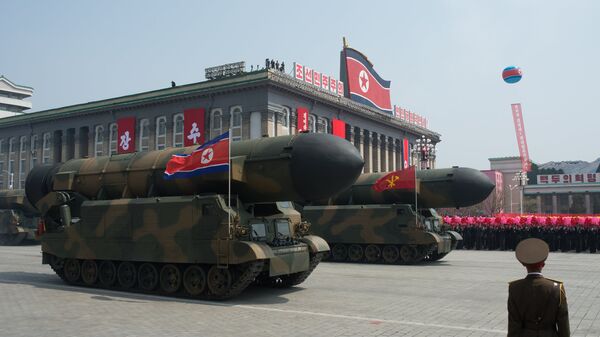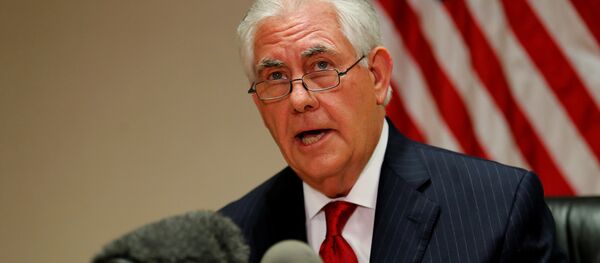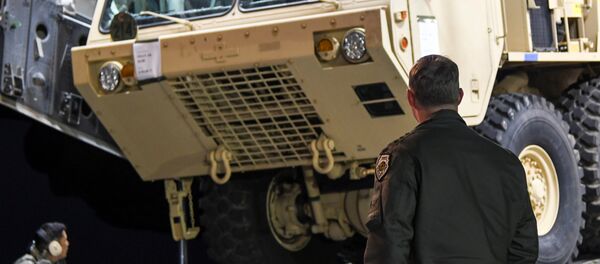The secluded state's missile tests are growing more frequent, and leader Kim Jong-un continues to threaten to hit the US mainland with a nuclear-armed ballistic missile if Washington doesn't stop putting pressure on the regime.
The US Military Times on Sunday published a model of how the US, South Korea and the North would act if the tense 64-year-old ceasefire on the peninsula were to end, based on interviews with current and former military officials, international experts and intelligence assessments of Pyongyang's military capabilities.
According to the media outlet, most analysts agree that the military conflict could drag on for many months or longer, involving massive numbers of US and South Korean forces in the first days.
"Anybody that assumes this could be knocked out in 30 days would be dead wrong," said retired Army Lt. Gen. Mark Hertling.
"There would be literally thousands, tens of thousands, some say more than 100,000 civilian casualties."
On the first day of the war, the US and South Korean forces would respond instantaneously, supported by the American Army, Air Force, Marines and Navy.
An array of US aircraft would streak across the skies over the peninsula in a narrow battlespace, fighting a multi-nation war in small area and targeting key North Korean military positions.
According to retired Army Special Forces Col. David Maxwell, the North's strategy would be to target US and South Korean air bases to prevent the use of aircraft by the enemy, and the regime may even use chemical weapons for that purpose. But the US and South Korea could rely on air bases in Japan to continue their campaign.
Maxwell believes that the North's goal would be to occupy as much of the peninsula as possible before the US could send reinforcements, and instead of attempting to seize Seoul, it would likely seek to isolate and bypass it so that the invasion doesn't slow down.
"They need speed. They need momentum," he stressed.
"Once they get across the Han River, then they can maneuver through the rest of peninsula all the way to Pusan."
According to military analysts in the Netherlands specializing on North Korea, Joost Oliemans and Stijn Mitzer, the state has dug several tunnels under the Demilitarized Zone, which could allow it to rapidly deploy troops behind the minefields separating the two Koreas.
According to Carlisle, there is no doubt the allied forces would defeat the North Korean military, but acting fast would be essential to avoid profound civilian casualties in South Korea. Seoul is located only about 35 miles away from the border between the two Koreas, and the North's rockets and artillery could cause significant damage to the metropolis that is home to about 25 million people.
"The key to minimizing the potential loss of life in South Korea is indications and warning," he said.
"It's just, how much damage can [North Korean dictator Kim Jong Un] do before we take him out?"





